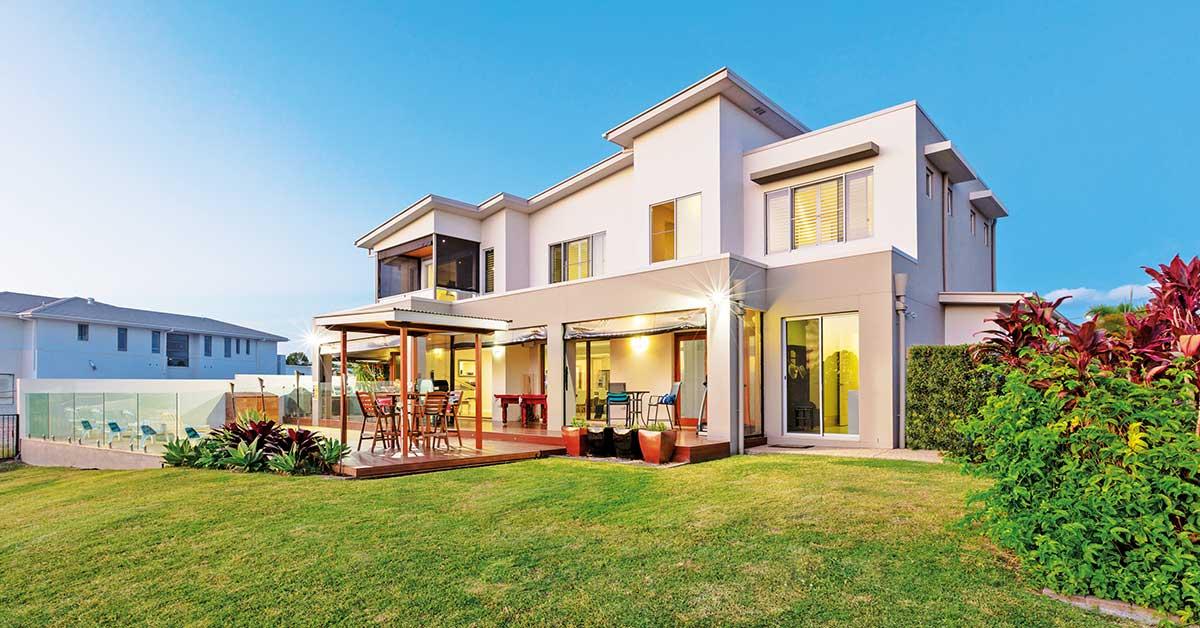The landscape of luxury home buying in the UK is evolving, with an increasing number of affluent buyers prioritizing environmental and sustainability considerations. Beyond traditional markers of prestige such as location and architectural grandeur, modern luxury home buyers are placing significant emphasis on properties that embody principles of environmental stewardship, energy efficiency, and sustainable living. This article explores the key environmental and sustainability factors influencing luxury home buying in the UK, including trends, certifications, building practices, and community impacts.
Growing Importance of Environmental Considerations

In recent years, there has been a notable shift in consumer preferences among luxury home buyers in the UK towards properties that demonstrate a commitment to environmental sustainability. Factors driving this shift include:
- Global Awareness and Climate Change: Increasing awareness of climate change and environmental issues has prompted individuals, including affluent buyers, to seek homes that minimize their environmental footprint.
- Government Initiatives and Policies: The UK government’s initiatives to promote energy efficiency, reduce carbon emissions, and incentivize sustainable building practices have influenced buyer preferences and property development standards.
- Corporate Social Responsibility: Many luxury home buyers prioritize corporate social responsibility and seek to align their personal values with their purchasing decisions, including the environmental impact of their homes.
- Long-term Investment Value: Properties with strong environmental credentials are perceived as more resilient to regulatory changes, rising energy costs, and environmental risks, enhancing their long-term investment value.
Energy Efficiency and Green Building Standards
Energy efficiency is a cornerstone of sustainability in luxury home buying in the UK. Buyers often look for properties that meet or exceed stringent green building standards and certifications:
- Passive House Certification: Homes certified to Passive House (Passivhaus) standards are designed to achieve exceptional energy efficiency, with minimal heating and cooling requirements. These homes prioritize insulation, airtightness, and efficient ventilation systems.
- BREEAM Certification: Building Research Establishment Environmental Assessment Method (BREEAM) is a leading sustainability assessment method for buildings. Luxury homes with BREEAM certification demonstrate high environmental performance across categories such as energy, water, materials, and ecology.
- Energy Performance Certificates (EPC): EPC ratings indicate the energy efficiency of a property, with higher ratings (A to G scale) reflecting lower energy consumption and reduced carbon emissions. Luxury home buyers often prefer properties with higher EPC ratings, indicating lower running costs and environmental impact.
Sustainable Building Materials and Practices
The choice of building materials and construction practices significantly influences the environmental impact of luxury homes in the UK:
- Recycled and Reclaimed Materials: Incorporating recycled or reclaimed materials, such as reclaimed wood, recycled glass, or repurposed bricks, reduces the demand for new resources and supports sustainable construction practices.
- Low-Carbon Materials: Materials with a low carbon footprint, such as locally sourced timber, natural stone, and eco-friendly insulation materials, contribute to reducing embodied carbon emissions during construction.
- Water Efficiency: Luxury homes may incorporate water-saving features such as low-flow faucets, dual-flush toilets, rainwater harvesting systems, and efficient irrigation for landscaping to minimize water consumption and preserve freshwater resources.
Location and Environmental Impact
The location of a luxury home in the UK can have significant implications for its environmental impact and sustainability:
- Urban vs. Rural Settings: Urban properties often have access to public transportation, amenities within walking distance, and infrastructure that supports energy efficiency. Rural properties may offer opportunities for sustainable landscaping, agricultural practices, or habitat conservation.
- Natural Habitat and Wildlife: Properties near natural habitats or wildlife corridors should implement environmental conservation measures to protect biodiversity and minimize habitat disruption.
- Flood Risk and Climate Resilience: Assessing flood risk, coastal erosion, and other climate-related hazards is essential for understanding potential environmental risks and implementing resilience measures in property design and landscaping.
Indoor Environmental Quality
Indoor environmental quality is critical for luxury home buyers in the UK, focusing on comfort, health, and well-being:
- Ventilation and Air Quality: Proper ventilation systems ensure adequate airflow, minimize indoor pollutants, and maintain high indoor air quality for occupants.
- Non-Toxic Building Materials: Choosing non-toxic building materials, paints, and finishes reduces indoor air pollution and creates a healthier living environment for residents.
- Natural Lighting and Thermal Comfort: Maximizing natural lighting and optimizing thermal comfort through efficient insulation and glazing enhances occupant comfort and reduces energy consumption.
Community and Social Responsibility
Luxury home buyers in the UK often consider the broader community and social impacts of their property investments:
- Community Engagement: Properties located in neighborhoods with strong community engagement, green spaces, and sustainable infrastructure may be more attractive to environmentally conscious buyers.
- Public Transport Accessibility: Proximity to public transportation hubs and infrastructure supports sustainable travel options, reducing reliance on private vehicles and associated carbon emissions.
- Philanthropy and Sustainability Initiatives: Some luxury homeowners engage in philanthropic activities or support sustainability initiatives within their communities, contributing to environmental conservation and social responsibility.
Regulatory Compliance and Certifications
Navigating regulatory requirements and obtaining relevant certifications is crucial for luxury home developers and homeowners in the UK:
- Planning and Building Regulations: Compliance with national and local planning regulations ensures that luxury home developments adhere to environmental standards, zoning laws, and sustainability guidelines.
- Certification Processes: Obtaining green building certifications such as Passive House, BREEAM, or EPC ratings requires adherence to specific environmental criteria and may enhance property marketability and value.
Conclusion
Environmental and sustainability factors are increasingly shaping luxury home buying decisions in the UK, reflecting a broader shift towards responsible and ethical consumption among affluent buyers. From energy-efficient building standards and sustainable construction practices to indoor environmental quality and community impacts, the demand for environmentally friendly luxury homes continues to grow. Developers, architects, and real estate professionals play a pivotal role in meeting these evolving consumer preferences by integrating sustainable design principles, promoting green building certifications, and fostering community resilience. By prioritizing environmental considerations in luxury home buying, buyers not only contribute to global efforts towards sustainability but also enjoy the benefits of energy-efficient, healthy, and resilient living spaces in the UK’s dynamic real estate market.
